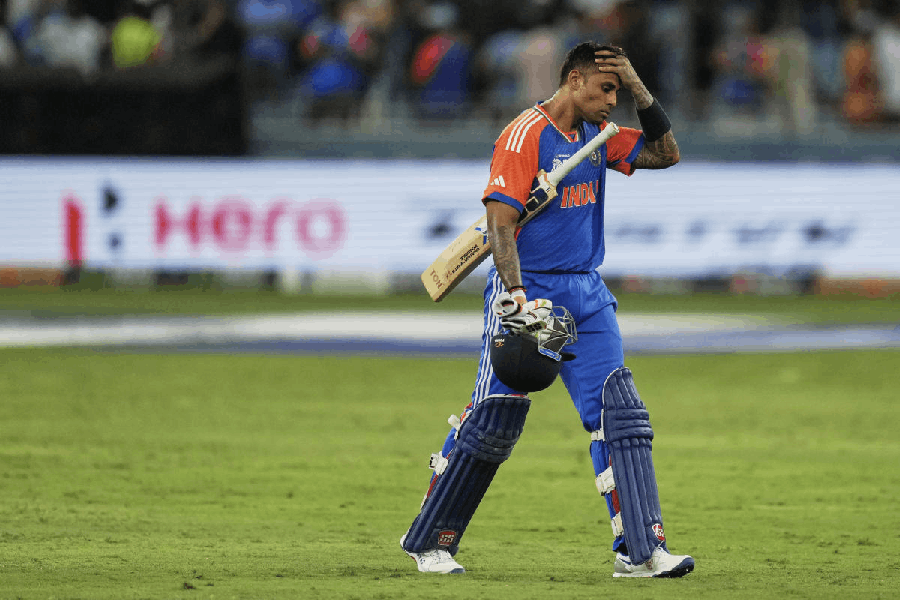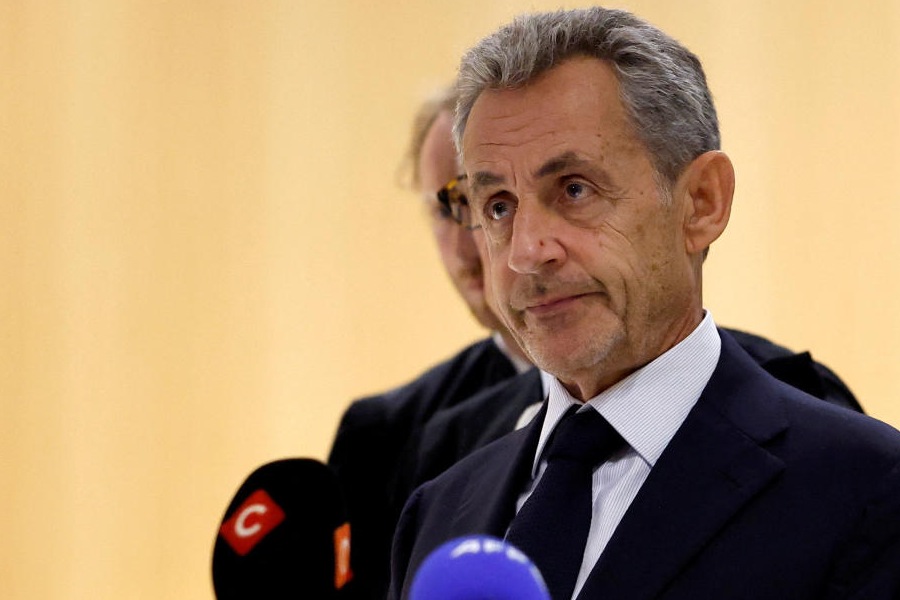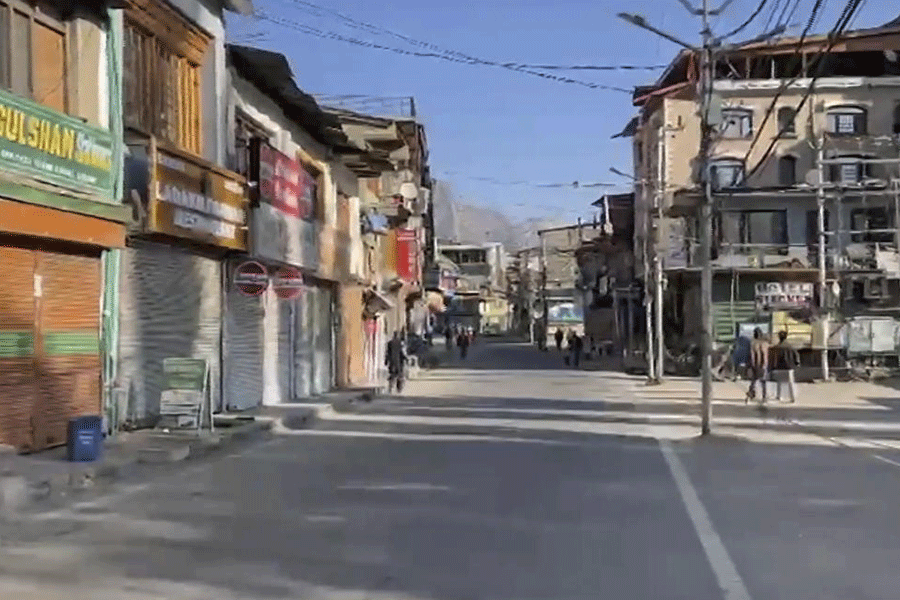 |
 |
| A Boroline billboard on display in Chowringhee and (below) an advertisement from 1960. Picture by Bishwarup Dutta |
When the colour of memory is sap green and not sepia, when it comes in the shape of a small paper carton carrying the tiny image of an elephant, and when a sap green tube containing a sticky, white cream is inside it, you know it is Boroline. Even if you smell the sickly sweet cream in your dreams, you will, in all probability, be able to identify it immediately, for, in all probability, your mother had applied it on your nappy rash not long after you had seen light of day. Or after you had scalded your hand while making your first cup of tea. Long before I picked up the word “ediyaan” (which means heel in Hindi) from a particular TV ad and that lovely song from Maachis “chhod aye hum ye gulliyan…”, I was aware that this particular emollient was a godsend for cracked heels, which can be a pain in winter.
I had discovered quite early in life that although I hated all oily and glutinous substances, Boroline was what the doctor recommended for fixing skin that starts moulting after a particularly nasty bout of fever. When I was in Class VIII and recovering from dengue (years later when the fever came back in a more virulent form we all discovered that the word does not end with an “oo”) my skin started flaking in an alarming manner and Boroline worked a minor miracle.
The women we euphemistically call kaajer masi these days swear by Boroline. For them it is a panacea that heals the entire range of skin ailments from those caused by constant contact with water to something as virulent as eczema. In molten form, it is apparently more effective for particularly painful forms of dermatitis but not when the sores or wounds are raw.
While flipping through the old issues of Ananda Bazar Patrika, I discovered that Boroline pre-existed me. Its advertisements appeared on a regular basis in that Bengali daily way back in 1957 although in those days it was promoted as a high quality face cream without any claims about its alleged curative properties. Borofax was its competitor in those days, but it is long forgotten. Now it has another, which has already gained greater visibility.
According to the website, the name Boroline is derived from its ingredients — “Boro” from boric powder, which has antiseptic properties, and “olin” as a variant of the Latin word oleum, meaning oil. The website also tells the story of its genesis.
We all know that Boroline is a product of GD Pharmaceuticals, but I had no idea that Gourmohon Dutta, a wealthy member of the merchant class of central Calcutta, started manufacturing it in 1929, inspired by the swadeshi movement. Boroline, the flagship brand, was selected as an Indian Superbrand twice in a row, for 2003-05 and 2006-07.
But post-globalisation, it has failed to reinvent itself as a product that would have a pan-Indian appeal. It has not even tried to capitalise on Boroline’s nostalgic appeal and high brand recall value although its website, whose plus point is its simplicity, still features Sravanti Majumdar’s evergreen jingle: “...baro maas sara ange mekhe nin, surabhita antiseptic cream Boroline.”
Sravanti, the singer who went pop (in Bengali) in early 1970s, lives in the Isle of Man these days, and is in town on assignment, sounds quite as chirpy on the mobile as she used to in her famous radio programmes where letter writers invariably addressed her as “didibhai”. The singer, who has been the Voice of Boroline for over two decades, said she had recorded two jingles for the “antiseptic” cream on Poila Boishakh, 1974, of which one, in which voice and accompaniment were in rare harmony, was retained. It had many versions and was heard wherever a radio station existed.
Round about that time, Sravanti also launched her famous radio plays titled Boroliner Sansar based on world literature on Vividh Bharati. It was titled: “baraniyo lekhaker smaraniyo galper natoker asar” and the stories were turned into radio plays by Mihir Sen and Subash Basu. All the great names of those times lent their voices to it — from Bikash Roy, Keya Chakrabarty and Ajitesh Bandopadhyay to Tripti Mitra and Rudraprasad Sengupta. Sirshendu Mukhopadhyay, Sunil Gangopadhyay and Samaresh Basu wrote stories for it, and the professionalism with which the series was produced gave AIR a run for their money. The phenomenon lasted 20-25 years.
Sravanti has lost touch with Boroline for the past four years. Boroline needs a boost to remain in the creamy layer.











